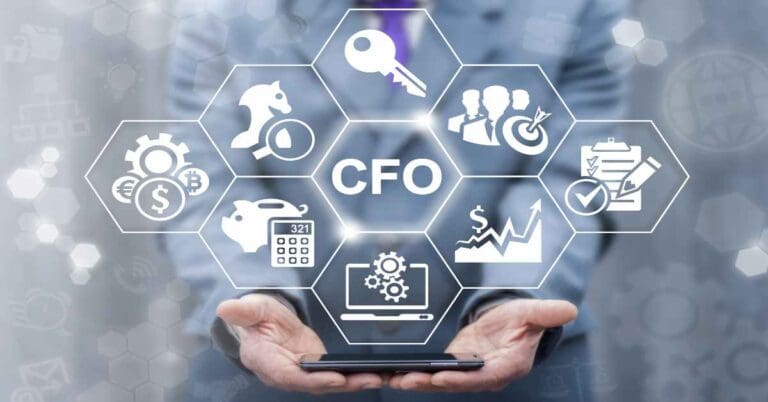Revenue Recognition: The Evolving Landscape

Revenue Recognition: The Next Chapter in the Evolving Landscape
Bridgepoint Consulting friend, Jim French, Office Managing Partner of PwC in Austin, spoke to an audience of 30+ local CFO and financial execs at Bridgepoint’s CFO roundtable on March 8, 2012 about pending revenue recognition standards that are scheduled to be rolled out by 2015. He did a great job informing the group about the proposed new model, including what the significant changes are, and how to prepare for them.
A little background:
The core principle of revenue recognition is to depict the transfer of promised goods or services to customers in an amount that reflects the consideration to which the entity expects to be entitled to receive in exchange for those goods or services. Simply put, however, current revenue recognition rules are very cumbersome, inconsistent and hard to manage. Therefore, the FASB and IASB created a task force in 2002 to address the challenges of the current standards. Their goal was to create one universal standard for revenue recognition, applied to all industries and capital markets. It was agreed upon that the new revenue recognition standards be principles-based versus the current rules-based model. The new standards are also intended to include: enhanced disclosures, a robust framework, clear principles and comparability measures across industries.
Revenue recognition changes – significant or not? There is a broad scope of changes for different steps in the new process. In some instances, there will be little modification to existing practices. However, in other cases, there will be major changes that finance execs may consider good or bad. The following outlines the decision process that will need to be followed. Each step includes a high level description, including the significance of change compared to current practices.
Step 1: Identify the contract with the customer.
It is a single, contract-based asset/liability model. The contract may be written, verbal or implied based
upon customary business practices.
Level of change: Elimination of written contract will have interesting ramifications, but otherwise not
major changes.
Step 2: Identify the separate performance obligations in the contract.
More items may be identified and separated as promised goods or services (for example: loyalty points, free product or discount on future sales, service-type warranties, in-transit risk of loss coverage, when and if available software upgrades, etc.).
Level of change: The results may vary for this. This may allow for earlier recognition of revenue that
previous guidance allowed.
Step 3: Determine the transaction price.
Judgment will be required to assess the components of the transaction price including estimates of variable consideration and whether a significant finance component exists when recording initial revenue.
Level of change: Expected contingent consideration anticipated to be paid included in initial recording
of revenue rather than subsequently when ultimately realized. Collectability will no longer be a hurdle of
recognition and will impact gross margin.
Step 4: Allocate the transaction price.
Price for each component of transaction will be determined based upon estimated selling price of each
component. The hurdle for estimating sales price for various components is no longer dependent upon VSOE. Application of the residual approach will require judgment and is limited to cases when the standalone selling price of goods or services is highly variable or uncertain.
Level of change: Determining sales process for various components will be easier under new rules.
Step 5: Recognize revenue when a performance obligation is satisfied.
Revenue recognized when the customer obtains control over the promised item. In certain cases, revenue is still recognized over a period of time. It is expected that some entities will recognize revenue earlier under the proposed guidance because they will be able to recognize amounts before all contingencies are resolved if the entity has predictive experience.
Level of change: The current model is now based on control of the “asset” being transferred. Introduction of “reasonably assured” constraint.
During French’s presentation, the following were also identified as items creating significant levels of change in to the rules: Onerous losses; Licenses – recognition based on transfer of control; and Disclosures, which will be much more extensive.
When will new rules take affect? It is anticipated that new rules will be applied beginning January 1, 2015 with retroactive application to as early as 2013!
So what should you be doing now? According to French, awareness and preparedness are essential for implementing new revenue recognition standards. Given the timeline, companies should be thoughtful and measured in their approach as they consider this complex challenge. Below are his suggestions on what you should be doing now to prepare for a successful transition:
- Perform a high-level assessment to determine significant impacts on your company
- Educate key stakeholders, including investor relations, the board and audit committee
- Consider impact of the new rules upon major company initiatives including processes, systems, and compensation plans
- Consider impact on strategic business initiatives such as changes in bundling, pricing, go-to-market strategy, new product and service offerings




